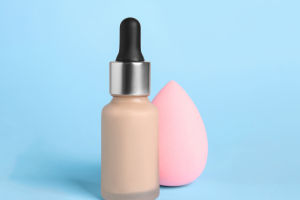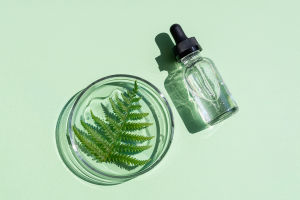The world of essential oils is rich and diverse, with various aromas and effects intertwined, making it easy for people to feel confused when choosing essential oils.
Faced with a wide range of essential oil products on the market, many people often find that the extraction methods and effects of each essential oil are different when they understand their sources and uses.
Essential oils are typically extracted from various plant parts, such as flowers, leaves, fruits, or bark. Different plants and their unique chemical composition determine the appropriate extraction method.
Common extraction methods include distillation, pressing, solvent extraction, fluid extraction, and soaking, with distillation and pressing being the most commonly used. For example, citrus essential oils are usually extracted by pressing, while floral essential oils are mostly extracted by solvent.
Although essential oils are called "oils", they do not contain fats. Due to their lower density and hydrophobic nature, essential oils do not dissolve in water but float on its surface, which is where the name 'essential oil' originates.
Essential oils are mainly known for their aromatherapy effects and can be used by sniffing or massage to relieve stress and improve mood. In addition, essential oils are widely used in daily products such as perfumes, soaps, and skincare products.
However, despite the wide range of uses of essential oils, you still need to be careful when using them, especially undiluted essential oils should not be applied directly to the skin, otherwise it may cause irritation or allergic reactions.
For those who are new to essential oils, it is best to consult a professional before use to ensure that you choose products that are suitable for your constitution.
Essential oils can be divided into two categories: single essential oils and compound essential oils. Single essential oils are extracted from a plant and have a single aroma and effect on the plant. For example, lavender essential oil comes only from lavender, so it mainly has the effects of relaxing emotions and helping sleep.
Single essential oils are suitable for people who have a clear demand for a certain plant effect, especially those who want to gradually understand the aroma of different plants to choose the right essential oil.
Compound essential oils are a mixture of two or more single essential oils, and the ingredients and effects are more diverse. For example, the compound essential oil of lavender and sweet orange has both the relaxing effect of lavender and the refreshing effect of sweet orange, which is suitable for people who need compound effects and do not want to mix them themselves.
Although compound essential oils are popular for their diversity, their effects are not always better than single essential oils. The effects of compound essential oils are closely related to factors such as their formula, raw material sources, and storage methods, and different individuals react to essential oils differently.
Therefore, when choosing essential oils, the key is to understand the effects of different essential oils and try them carefully in combination with personal needs.
The effects of essential oils can be roughly divided into three categories: vitality, clarity, and healing. Vitality essential oils help to improve mood and are especially suitable for use in the morning to help people recover from sleepiness.
For example, sweet orange essential oil has a refreshing scent of citrus peels, which can quickly create a warm and positive atmosphere. Lemongrass essential oil is known for its strong citrus aroma, which can sweep away emotional haze and quickly restore spirits.
Vitality essential oils can not only transform moods but are also often used in cleaning products and have antibacterial and insect-repellent effects.
Clarity essential oils are primarily used to refresh and sharpen the mind. If you feel low energy at work or study, using tea tree, peppermint or eucalyptus essential oils can help refresh you. Tea tree essential oil is known for its spicy herbal scent.
It has fresh, deodorizing, and antibacterial functions and is widely used in skin care, air purification, and detergents. Peppermint essential oil is suitable for hot summer days because of its cool and penetrating aroma. It can immediately wake up the spirit and has anti-itch and anti-inflammatory effects.
Healing essential oils focus more on soothing the body and mind, helping to relax and improve sleep. Lavender essential oil is the most popular representative. Its gentle floral aroma helps calm emotions, promotes sleep, and is beneficial to the respiratory system and skin care.
Palmarosa essential oil is favored for its sweet herbal aroma. It can relieve anxiety and improve mood. It is often used in massage and skin care products. Sandalwood essential oil and frankincense essential oil help meditation and calmness with their slightly sweet woody aroma.
Although the world of essential oils seems simple, it contains a wealth of knowledge and skills. From choosing the right extraction method, and identifying the source of essential oils, to blending and using essential oils according to personal needs, it is an art that needs to be learned and explored.
Everyone reacts differently to essential oils, so finding the right essential oil for you is not something that can be done overnight. Only by understanding the effects of essential oils and paying attention to your physical reactions can you find the essential oil that suits you best in this rich world of aroma.


